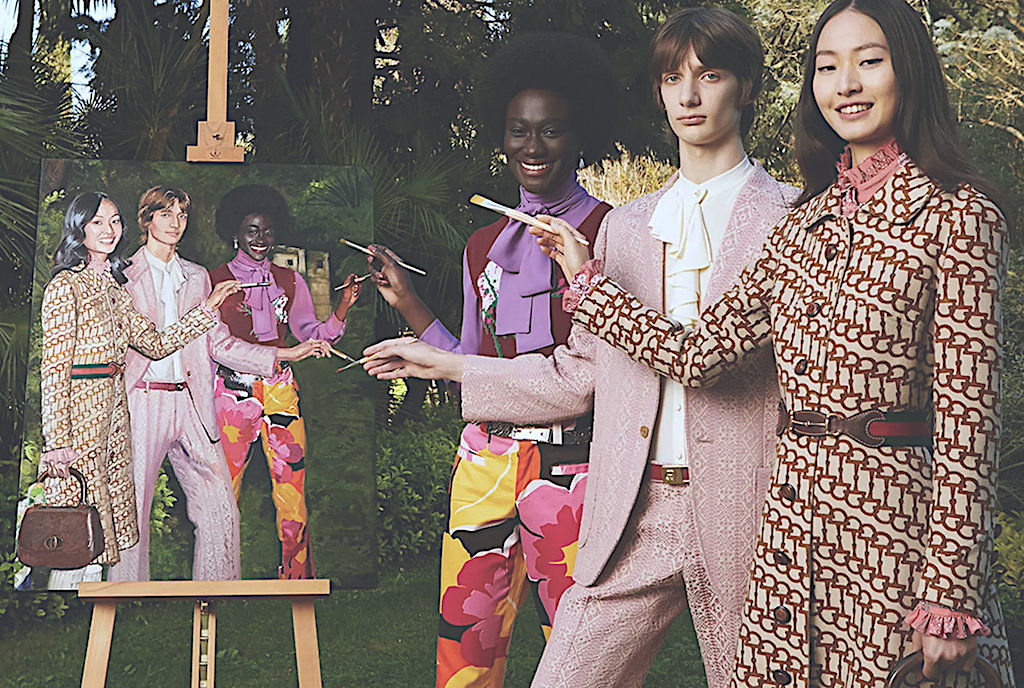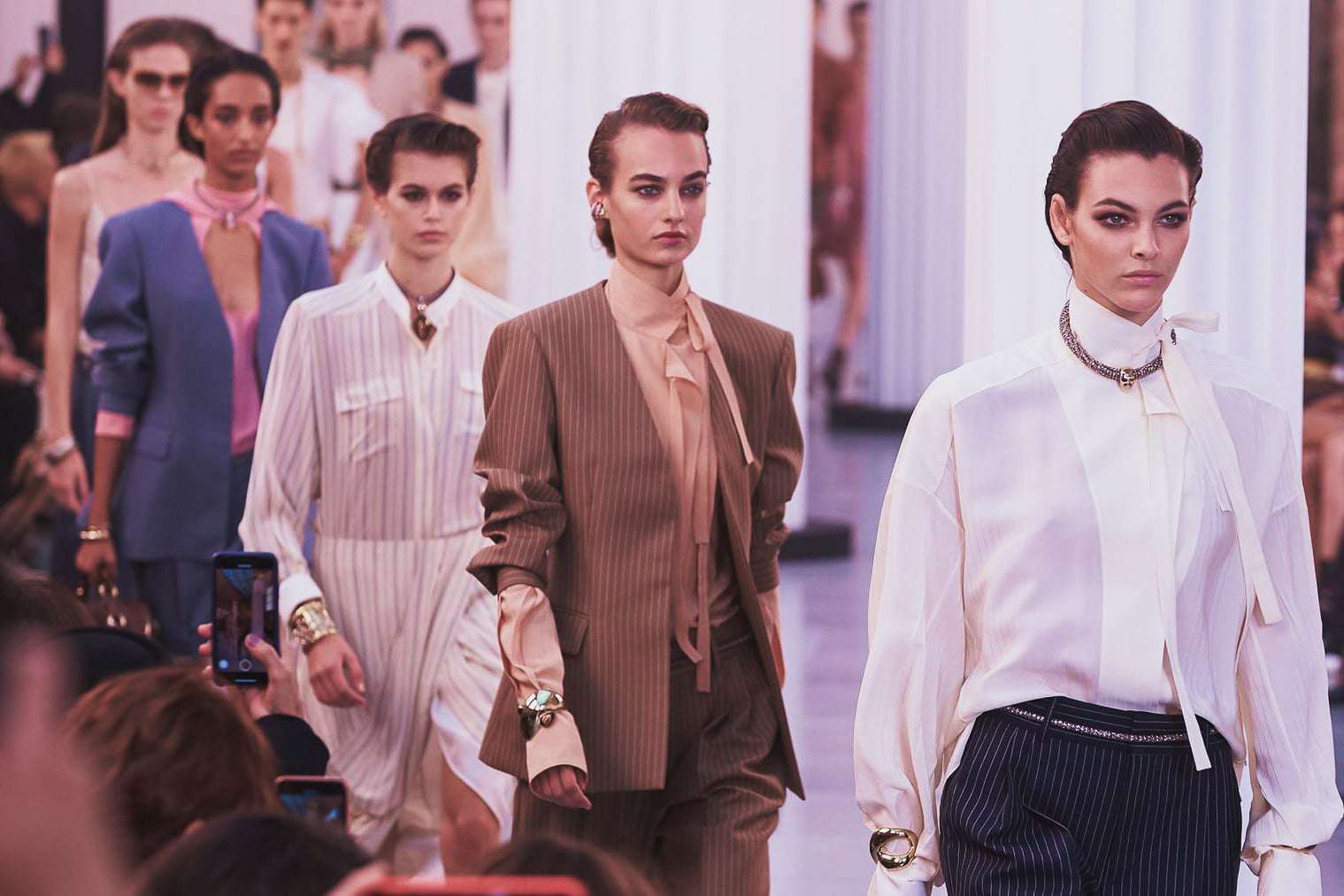The fashion industry is powered by women. So are many of the sustainability initiatives. Here are ten facts every conscious consumer needs to know about the sustainable women’s clothing brands leading the charge.
Sustainability has entered for good our lives and everydayness (thankfully!). It shapes our thoughts, influences our decisions, and remodels our customs and traditions. Industries of all sectors are trying to become more and more sustainable and women’s fashion is one of the sectors that strongly and passionately promote the need to change and adopt new methods and habits that can really make a difference.
And even though repetition may sometimes result in banality, this time we must say it again and again (time and time again): Sustainability is not just an issue but a demand of the highest degree.
Women’s fashion and sustainability: the facts
Is it surprising that sustainability has a very strong female slant? When sustainability was still something that echoed to a very small minority, many talented women that could not enter the mainstreams of fashion, found refuge in (what was still considered back then as) the avant-garde territories of sustainable fashion.

We should never forget that sustainability is a general concept that embraces many issues and areas; from the environmental to the purely social and deeply personal. And as injustices (of all forms and kinds) can be still found in today’s entrepreneurial ecosystems, women (excluded for too long from many professional and social activities) feel even more responsible (and courageously militant) to fight against situations and policies that have been very harmful not only to them but to every gender.
1. According to the UN Environment Programme, the fashion industry itself has a huge impact on the environment. It is responsible for 20 percent of global wastewater, ten percent of carbon emissions, and considerable amounts of landfill waste.
2. Overproduction and overconsumption are all-too present in women’s fashion, and in the fashion sector in its entirety. Roughly 100 billion items of clothing are produced each year.
3. Approximately 80 percent of fast fashion consumers are women—either buying for themselves of for other people.
4. According to the nonprofit WRAP, in the U.K. alone, £140 million worth of clothing ends up in landfills every year.

5. Digital and sustainability will offer fashion’s biggest opportunities for growth, while supply chain pressures might challenge the sector in 2022 and beyond.
6. Cases of gender discrimination, sexual harassment and abuse have been detected in all countries where clothes are produced. Women of childbearing age are at particular risk of developing breast cancer after menopause due to exposure to man-made fibres, as well as miscarriages or birth defects linked to long work shifts, requiring standing instead of sitting, or exposure to dangerous, toxic chemicals.
7. Women design 40 percent of womenswear, however, they only make up about 14 percent of leadership positions among the largest brands in the fashion industry.
8. According to McKinsey, 60 percent of fashion executives have already invested or plan to invest in closed-loop recycling next year.
9. Consumers spent more than seven billion hours online searching for “sustainable,” “ethical,” “fair trade,” and “eco-friendly” clothing in 2020.
10. In response to the aggressive fashion industry, many brands try to position themselves as an alternative, adhering to principles of ethical fashion. Brands make efforts to develop products and methods in opposition to the fast fashion industry
Fashion industry sustainability
So, if someone asks: Why is sustainable fashion trending? (and it does!) The answer is short and easy: because it has to.
It would be naïve and dangerous for the fashion industry not to admit the negative footprint that leaves on our planet and the abuse (and not wise and sustainable use) of vital natural resources and raw materials. Hopefully, many brands have accepted the reality and the gravity of the situation and sincerely try to change.

Sandra Sandor, Eileen Fisher, Hillary Taymour, Marine Serre, Gabriela Hearst, Emily Adams Bode, and countless other women work hard to encourage sustainability in Fashion, to inform, educate and make our bodies carriers and moving agents of solutions such as:
· Use of antique, forgotten fabrics
· Fashion brands’ websites and platforms filled with informative content
· Respecting animals’ and plants’ rights
· Circular lifecycle for clothes
· Ethical policies
· A general shift in our mindset in order to re-assess the ways we buy and use our clothes
Dockers is one of the brands in the fashion sector that not only uses innovative techniques when fabricating its garments but investigates, non-stop, in order to better itself, the industry—and most of all this wonderful nature that surrounds us.
Sustainability is a state of mind and it must be inclusive, proud, creative, and revolutionary apart from elegant and stylish.
A step further for women
With a growing number of women in key positions, sustainable practices are finally becoming standard procedures. The long-lasting effects of gender inequality and social exclusion have (sadly and violently) prepared women for the demanding fight against climate change and the pressing need for resolving social injustices that have been present in our societies for far too long.
But, it is time for all these negative experiences and phenomena to transform into peaceful ammunition that will not destroy, but build a hospitable environment for everything and everybody.
The brave struggles of women and young girls (and everybody else) around the world should not go wasted and unnoticed. Let’s try to show equal strength and bravery; let’s follow their example.
Change is possible, change must be inevitable, change must come organically and naturally, change (as fashion) must beautify us.
Joan Calabia operates as the Digital Lead for Dockers® International at Levi Strauss & Co. Joan’s experience spans the intricacies of marketing operations to creating immersive consumer experiences. He continues to lead the brand direction adapting to the new generation of casual consumers in our era, while maintaining the California cool lifestyle that is heritage to the brand.


